As many of you know, we live in Florida. And when you live in Florida, there are some things you need to get used to. From weird stuff in Walmart at 1 in the morning to alligators walking along the road to not being able to go outside for eight to nine months each year because it’s 100 degrees with 100% humidity. You also have to get used to hurricanes. For many Floridians, a hurricane is more of a hassle rather than a catastrophic event. It’s not that we don’t take them seriously, it’s just that we’ve been through it so many times we know the routine by now. With that in mind, this is 25 things you may not know about hurricanes Those winds pick up the warm moisture along the equator and move toward and through the Caribbean islands, picking up speed as they move. Because Florida is near those islands, it is susceptible to frequent hurricane activity.
From that point forward, the names have included both traditionally male or female names. Quickly, can you think of six names that start with the letter X? Just kidding. You don’t have to. The list doesn’t use the letters Q, U, X, Y, and Z. The first name retired was “Carol,” a 1954 Class 3 storm that caused $460 million in damages and 60 lives. The newest member of the retired names list will be Ian. These bands can range anywhere from a few to dozens of miles wide. The length of the bands will sometimes stretch from approximately 50 to 300 miles. It is also on the right side of the storm that has the greatest chance of tornadoes. To this day, some of the damage to New Orleans remains. And no one who was alive to see it will ever forget the images of the Superdome trying to house thousands who lost everything. You would think that most of the people who die during a hurricane do so because of all of this destruction. But no. Most deaths that occur during a hurricane are from drowning. The most dangerous thing about hurricanes is the storm surge. The storm surge is a huge wall of water that the winds bring on shore that sometimes measures as high as 12 to 18 feet and covers nearly a 100-mile stretch of the coast. When those bands move over land, the winds that stay elevated continue to move at the same speed. The winds close to the ground begin to interact with buildings, hills, etc. This causes friction. The higher winds are essentially pulling the lower ones along. The two forces moving at different speeds cause the tornado to form.
If a hurricane is expected within 36 hours, all areas within its path are put on a hurricane watch. If the storm is expected within 24 hours, a hurricane warning is issued. What the cone shows is where the storm is expected to go, depending on how strong it is and how fast it moves. The cone takes other factors into account, such as other weather conditions that affect the storm’s movement. That year saw 28 named storms. Since they ran out of names, they began using the Greek alphabet. Those storms were called Alpha, Beta, Gamma, Delta, Epsilon, and Zeta. To date, only four Category 5 hurricanes have hit the US. The Labor Day Hurricane of 1935, Camille (1962), Andrew (1992), and Michael (2018) None of these are the most destructive or deadliest storms on record. This has given way to what are referred to as “hurricane parties.” Groups of friends get together, have many cocktails, and have fun together while the storm rages outside. The southeastern major grocery chain Publix even sells “hurricane party cakes” for these occasions! What happens is that when they get close enough, the storms start to orbit each other until the larger one absorbs the smaller. It’s incredibly difficult to project where this developing system will go until it is fully formed. The damage revealed the lax building codes and code enforcement in the state, as well as low construction standards during the 1980s and 1990s population surges. Until Andrew, local governments could set their own codes and choose whether or not to enforce them. This was changed. The state of Florida now has among the strictest codes in the country. Houses along the coasts are now built to withstand the effects of hurricanes. This crew flies through the eyewall and into the calmness of the eye. While doing so, it is taking readings to see how the storm is developing and doing research on thunderstorms, coastal erosion, and ocean winds, as well as other research projects. But that name wasn’t completely theirs. Their word comes from the Mayan god of wind, storm, and fire, whose name was Huracan. It was picked up by Spanish explorers, who continued using it, and over time, it became “hurricane.” Class 1: 74-995 mph Class 2: 96–1110 mph Class 3: 111–130 mph Class 4: 131–1155 mph Class 5: 155+ mph If you ever want to get an idea of the force of those winds, hold your arm out the window of your car as it moves at 70 mph down the highway. That’s not even a class 1! Have you ever heard of the “Great Red Spot? Look at pictures of Jupiter, and you can see it. That red spot below Jupiter’s equator is a hurricane. It produces wind speeds of approximately 268 mph. If, as scientists believe, it is the same storm that has been observed since the 1600s, it would mean that this single hurricane has been happening for at least 357 years.
The problem is that hurricanes’ paths change a lot. You may be in imminent danger one day and looking at a little rain the next. But here’s the annoying part… Everybody freaks out! People think there could be a run on gas, so they take trucks with a dozen gas cans in the back and try to fill them all, which causes a run on gas! They think there won’t be any bottled water in the stores, so they go buy more water than they would use in a month, which makes the stores run out of water. It’s just crazy… The storm rages around you, winds and rain are pounding, and then… nothing. The rain stops. The winds, if there are any, are calm. It’s peaceful. At the same time, its pretty frightening. You can go outside, survey some of the damage, and wait for the second half of the storm to hit.
If you enjoyed learning about hurricane facts, you’ll definitely enjoy learning about “Incredible Storms of this Century!”
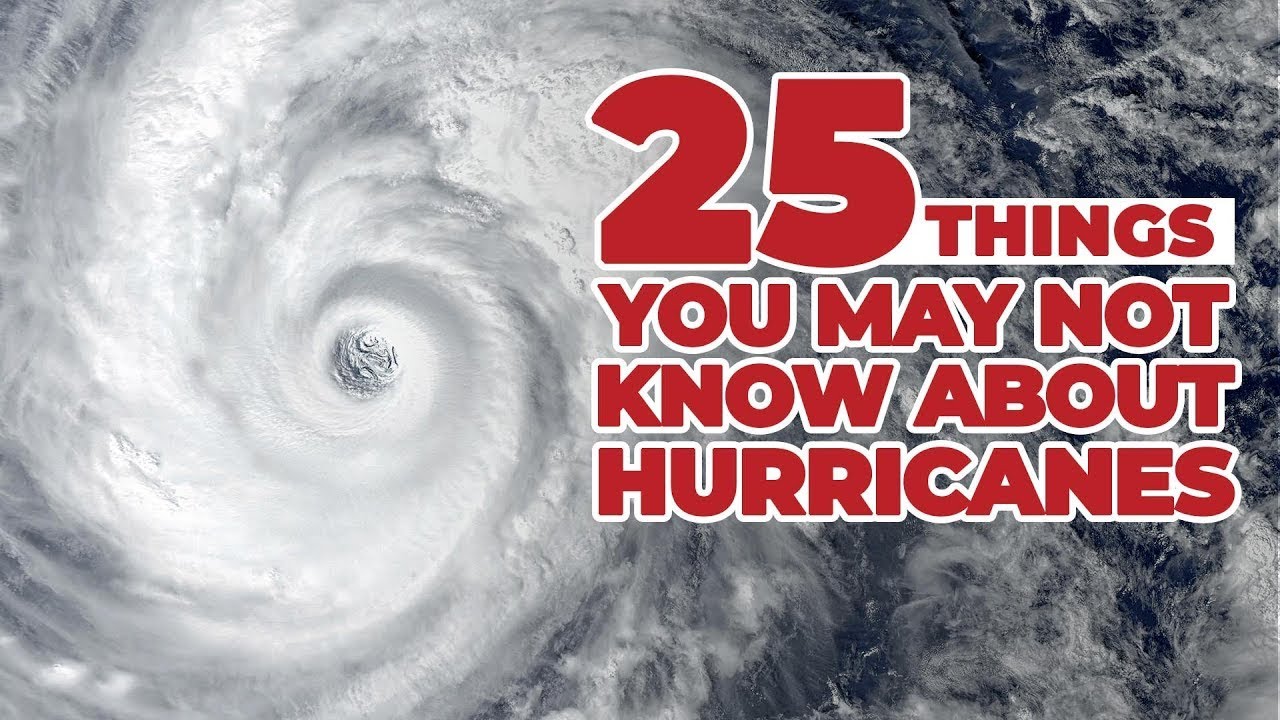
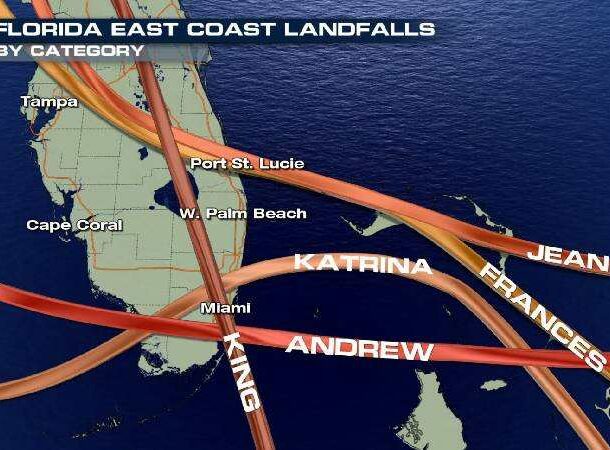
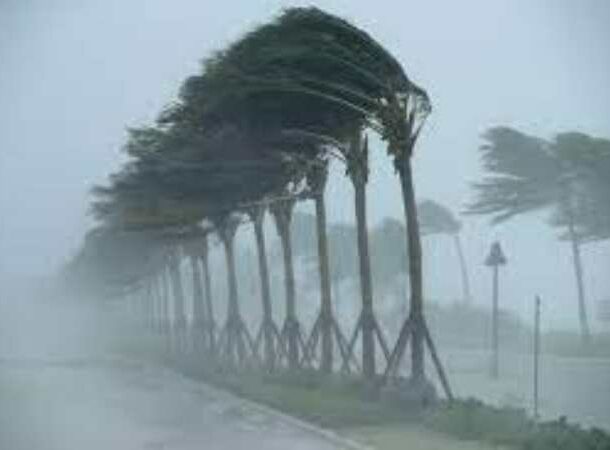

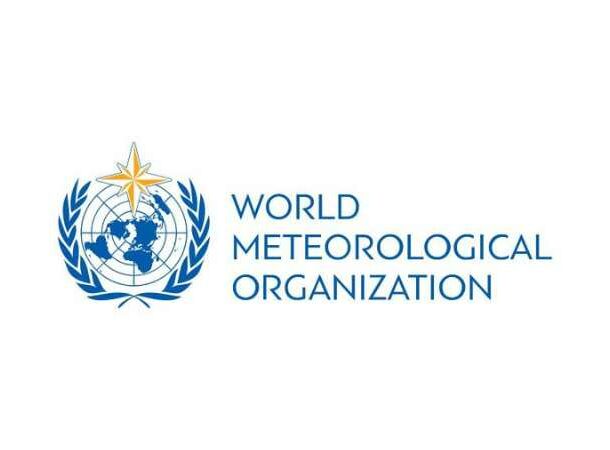
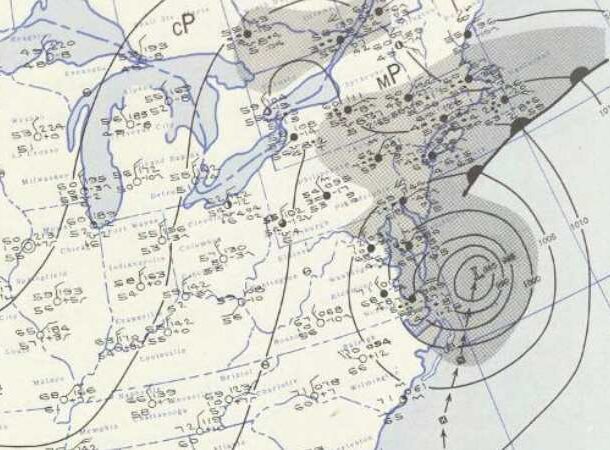
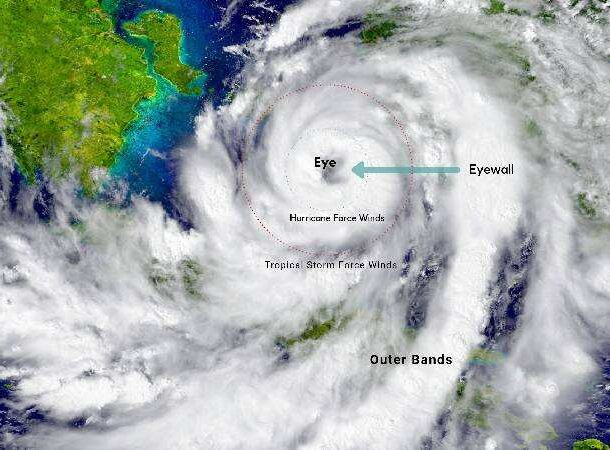
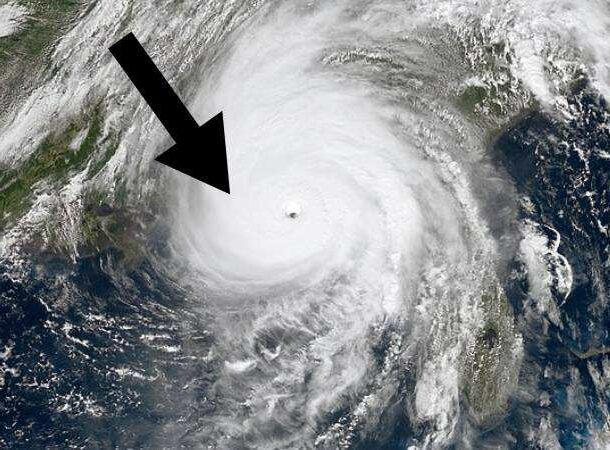
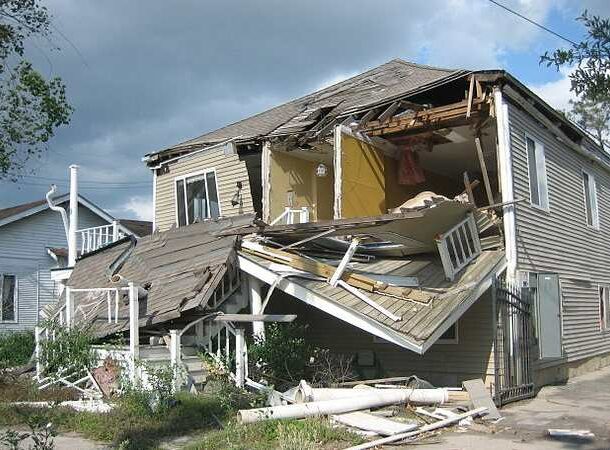
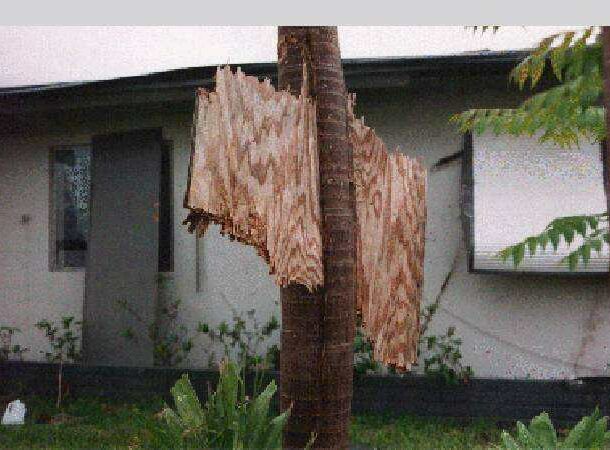
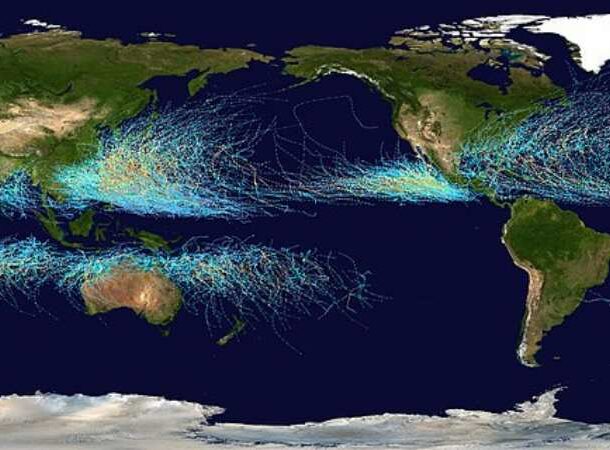

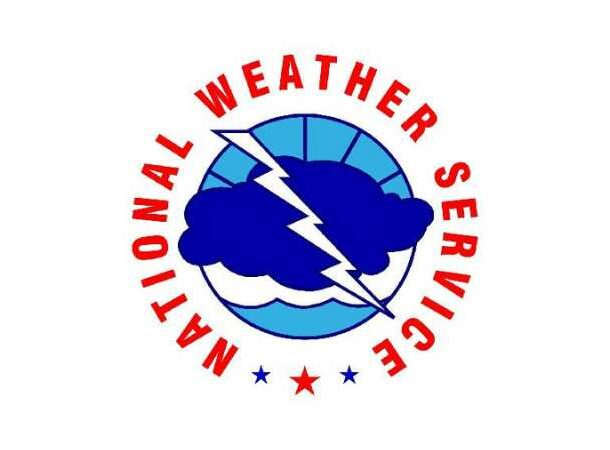
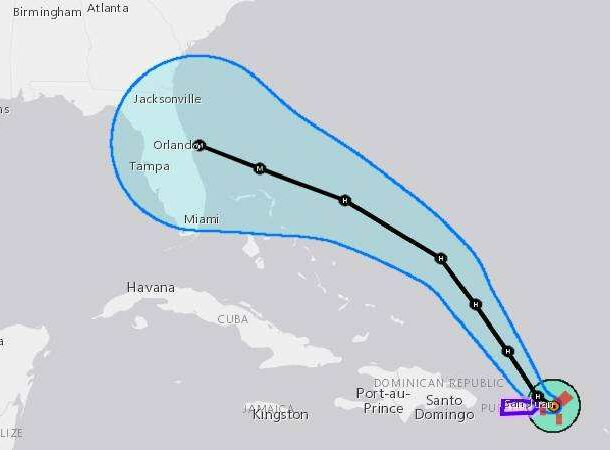
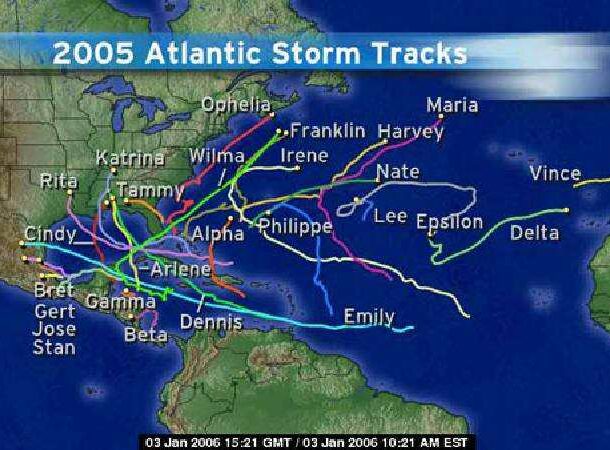
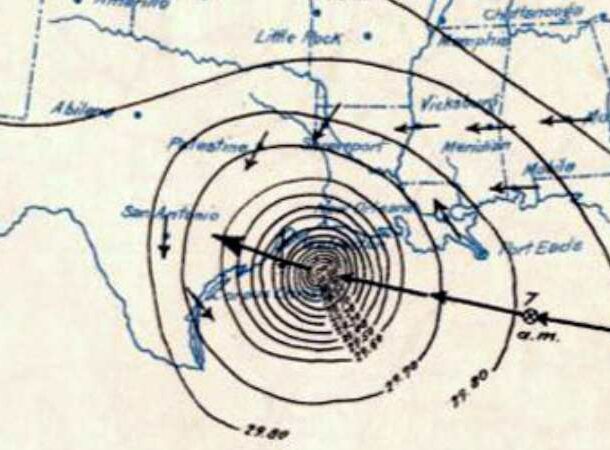

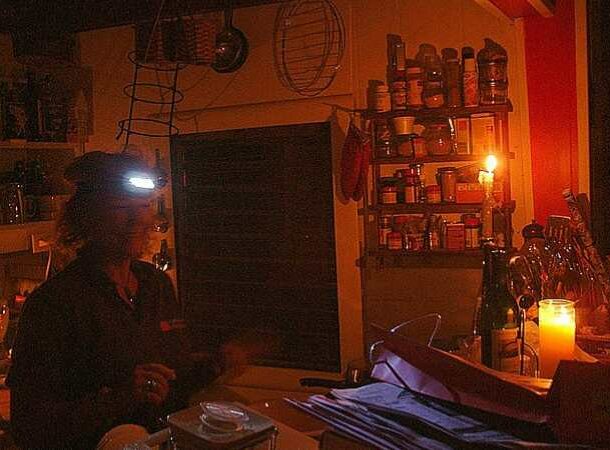
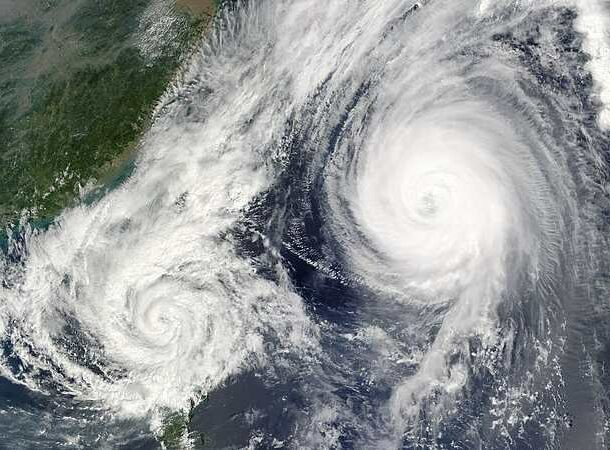
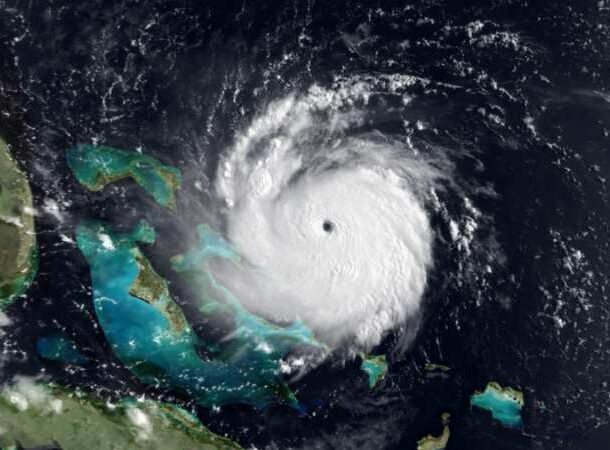


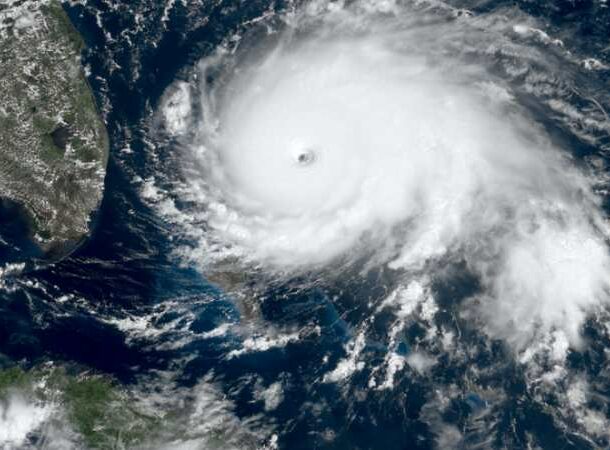


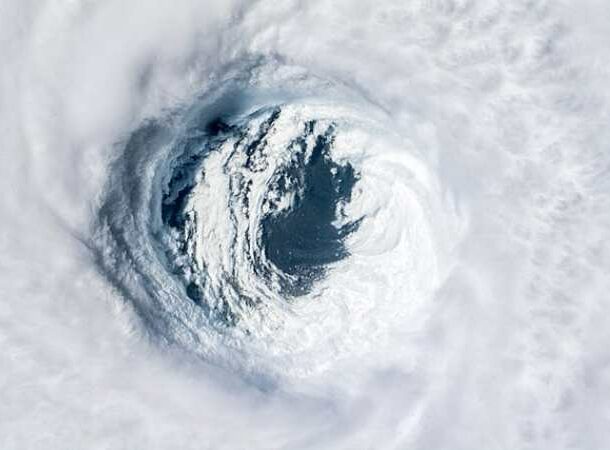













title: “25 Mind Blowing Hurricane Facts” ShowToc: true date: “2022-11-25” author: “Chandra Stein”
As many of you know, we live in Florida. And when you live in Florida, there are some things you need to get used to. From weird stuff in Walmart at 1 in the morning to alligators walking along the road to not being able to go outside for eight to nine months each year because it’s 100 degrees with 100% humidity. You also have to get used to hurricanes. For many Floridians, a hurricane is more of a hassle rather than a catastrophic event. It’s not that we don’t take them seriously, it’s just that we’ve been through it so many times we know the routine by now. With that in mind, this is 25 things you may not know about hurricanes Those winds pick up the warm moisture along the equator and move toward and through the Caribbean islands, picking up speed as they move. Because Florida is near those islands, it is susceptible to frequent hurricane activity.
From that point forward, the names have included both traditionally male or female names. Quickly, can you think of six names that start with the letter X? Just kidding. You don’t have to. The list doesn’t use the letters Q, U, X, Y, and Z. The first name retired was “Carol,” a 1954 Class 3 storm that caused $460 million in damages and 60 lives. The newest member of the retired names list will be Ian. These bands can range anywhere from a few to dozens of miles wide. The length of the bands will sometimes stretch from approximately 50 to 300 miles. It is also on the right side of the storm that has the greatest chance of tornadoes. To this day, some of the damage to New Orleans remains. And no one who was alive to see it will ever forget the images of the Superdome trying to house thousands who lost everything. You would think that most of the people who die during a hurricane do so because of all of this destruction. But no. Most deaths that occur during a hurricane are from drowning. The most dangerous thing about hurricanes is the storm surge. The storm surge is a huge wall of water that the winds bring on shore that sometimes measures as high as 12 to 18 feet and covers nearly a 100-mile stretch of the coast. When those bands move over land, the winds that stay elevated continue to move at the same speed. The winds close to the ground begin to interact with buildings, hills, etc. This causes friction. The higher winds are essentially pulling the lower ones along. The two forces moving at different speeds cause the tornado to form.
If a hurricane is expected within 36 hours, all areas within its path are put on a hurricane watch. If the storm is expected within 24 hours, a hurricane warning is issued. What the cone shows is where the storm is expected to go, depending on how strong it is and how fast it moves. The cone takes other factors into account, such as other weather conditions that affect the storm’s movement. That year saw 28 named storms. Since they ran out of names, they began using the Greek alphabet. Those storms were called Alpha, Beta, Gamma, Delta, Epsilon, and Zeta. To date, only four Category 5 hurricanes have hit the US. The Labor Day Hurricane of 1935, Camille (1962), Andrew (1992), and Michael (2018) None of these are the most destructive or deadliest storms on record. This has given way to what are referred to as “hurricane parties.” Groups of friends get together, have many cocktails, and have fun together while the storm rages outside. The southeastern major grocery chain Publix even sells “hurricane party cakes” for these occasions! What happens is that when they get close enough, the storms start to orbit each other until the larger one absorbs the smaller. It’s incredibly difficult to project where this developing system will go until it is fully formed. The damage revealed the lax building codes and code enforcement in the state, as well as low construction standards during the 1980s and 1990s population surges. Until Andrew, local governments could set their own codes and choose whether or not to enforce them. This was changed. The state of Florida now has among the strictest codes in the country. Houses along the coasts are now built to withstand the effects of hurricanes. This crew flies through the eyewall and into the calmness of the eye. While doing so, it is taking readings to see how the storm is developing and doing research on thunderstorms, coastal erosion, and ocean winds, as well as other research projects. But that name wasn’t completely theirs. Their word comes from the Mayan god of wind, storm, and fire, whose name was Huracan. It was picked up by Spanish explorers, who continued using it, and over time, it became “hurricane.” Class 1: 74-995 mph Class 2: 96–1110 mph Class 3: 111–130 mph Class 4: 131–1155 mph Class 5: 155+ mph If you ever want to get an idea of the force of those winds, hold your arm out the window of your car as it moves at 70 mph down the highway. That’s not even a class 1! Have you ever heard of the “Great Red Spot? Look at pictures of Jupiter, and you can see it. That red spot below Jupiter’s equator is a hurricane. It produces wind speeds of approximately 268 mph. If, as scientists believe, it is the same storm that has been observed since the 1600s, it would mean that this single hurricane has been happening for at least 357 years.
The problem is that hurricanes’ paths change a lot. You may be in imminent danger one day and looking at a little rain the next. But here’s the annoying part… Everybody freaks out! People think there could be a run on gas, so they take trucks with a dozen gas cans in the back and try to fill them all, which causes a run on gas! They think there won’t be any bottled water in the stores, so they go buy more water than they would use in a month, which makes the stores run out of water. It’s just crazy… The storm rages around you, winds and rain are pounding, and then… nothing. The rain stops. The winds, if there are any, are calm. It’s peaceful. At the same time, its pretty frightening. You can go outside, survey some of the damage, and wait for the second half of the storm to hit.
If you enjoyed learning about hurricane facts, you’ll definitely enjoy learning about “Incredible Storms of this Century!”






































